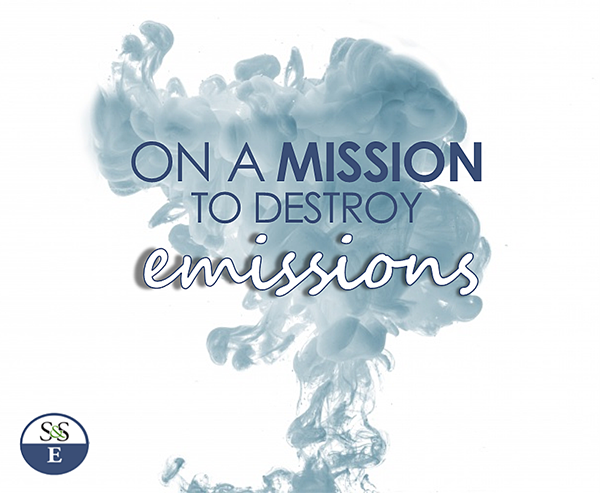
The Environmental Superhero
June 1, 2017 9:09 pmThe Environmental Superhero
How regenerative thermal oxidizers combat pollution
Air pollution from manufacturing process emissions, no matter what industry, have got to go. Fortunately, Ship & Shore Environmental provides the key weaponry to help eliminate this enemy of our environment.
At this point, you may be aware of what a regenerative thermal oxidizer (RTO) is, and maybe even think you may need one. But do you know what an RTO really does? How it works?
Think of air pollution as a “bad guy” and an RTO as a “superhero.” Well, at the end of the oxidation process, an RTO essentially destroys the bad guys and makes a better environment by cleaning the air we breathe.

What does an RTO do?
In order to combat air pollution, a regenerative thermal oxidizer takes the “bad guy” through a rehabilitation process known as thermal oxidation. This oxidation process converts volatile organic compounds (VOCs) and hazardous air pollutants (HAPs), emitted by various process operations, into eco-friendly vapors. It does this by raising the temperature of the polluted air stream high enough to break the hydrocarbon bonds into carbon dioxide and water, before releasing the clean air back into the atmosphere.
Ship & Shore’s regenerative thermal oxidizers are widely used by industries such as: flexible printing and packaging, EPS molding, paint manufacturing, commercial food production, metal coating, chemical & resin manufacturing, and others. These industries are ideal for an RTO because they tend to produce high volumes of air that contain low concentrations of VOCs and HAPs.
How does an RTO work?
Now that we know what an RTO does and what it can do, we can explore how it works. The regenerative thermal oxidation process is a simple one, but when applied effectively, it will defeat the enemy.
There are three main components to an RTO: the poppet valve system, the heat exchange chambers, and the combustion chamber. Poppet valves alternate and direct the air flow to one of the two heat exchange chambers in the RTO, an area that holds the ceramic media needed to preheat or cool down the stream of air. The combustion chamber retains the heat required to carry out the thermal oxidation process.
This process begins when the polluted air stream is directed from the emission source into the first heat exchange chamber for preheating. With the aid of the poppet valve system, this preheated air stream then makes its way to the combustion chamber so it can reach the optimum temperature needed to complete oxidation (between 1,500°F to 1,800°F).
Clean air then leaves the combustion chamber and enters the second heat exchange chamber. Ceramic media and the heat transfer within the chamber helps cool down the newly clean air stream before it is released into the atmosphere. For increased energy-efficiency, the remaining heat in the RTO exhaust (175°F to 225°F) can be captured by a secondary heat exchanger and reused for other facility processes or for comfort heating.
To learn more about what an regenerative thermal oxidizer does and how it destroys emissions, give Ship & Shore Environmental a call at +1(562) 997-0233, and we will do the best we can to fight your bad guys.
Categorised in: Air pollution, EPA, News, News, RTO, Ship & Shore

